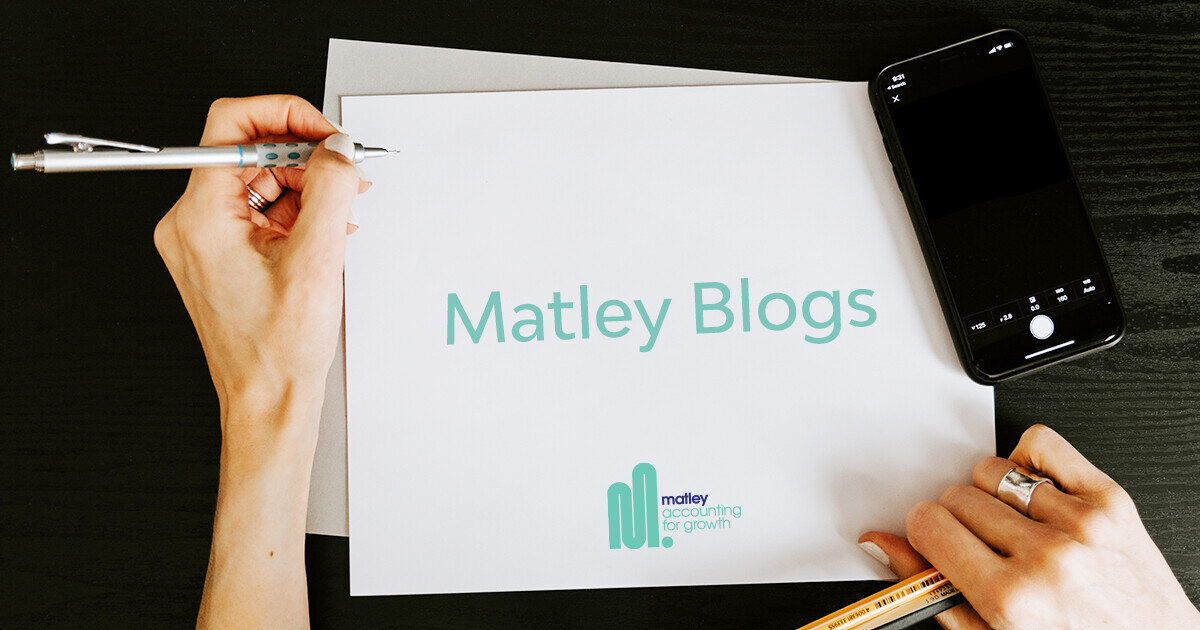Some would argue that it is rare for the IRD to get something right – but, in our opinion, this time they have got it spot on! What is AIM? It stands for “Accounting Income Method” and effectively calculates your tax liability as you go, almost like PAYE for trading entities. Income Tax is then paid every two months at the same time as your GST (although it is separate to your GST return).
Here are some common Questions and Answers about AIM;
Does it replace traditional Provisional Tax calculations?
No. One of the distinct advantages is that AIM can be adopted in your first year of trading, unlike other provisional tax methods that require you to have traded for up to two years before you can start paying as you go. However, you can still select the “Standard Method” (which is last year plus 5% uplift paid in three installments) or the “Ratio Method” (Ratio Method needs two years of provisional tax data and isn’t commonly adopted).
What about Annual Adjustments?
Yes, these are still calculated and you can adjust the annual Tax figure with the tax paid under the AIM method like any other provisional tax calculation. If you have short-paid tax, then you have until the 7th April of the following year to pay with no penalties or Use of Money Interest (UOMI), and if you have overpaid then you get the tax refunded. Any losses carried forward are offset against the period by period’s profits so they are calculated as you go and are not lost.
If you choose to not include Shareholder Salaries and Depreciation (or even Stock movements) on a two-monthly basis and do this as an annual adjustment via your Accountant, that is still an acceptable option. Any overpayment of tax by the company can then be transferred to the Shareholders and will be treated as tax paid on a quasi-trust arrangement for the Shareholders. The Shareholders won’t be charged penalties and UOMI by adopting this process.
If I over pay what happens to my payment?
This is the true benefit of the system. Currently if you over pay then we, as the Tax Agent, need to file an interim Imputation Credit Account (IR4J) with the IRD so that it can be released. Under AIM, any tax overpayment is refunded, so the system is truly reflective of the tax paid as you go.
But, can IRD see my details?
If you work with us as your Tax Agents, we can file the AIM statement for you and it contains no more information than what is already provided for in the IR10 (a mandatory brief breakdown or income and expenses) that we file with the IRD on an annual basis. As your Tax Advisors we are overlooking on a professional basis and will not put you in a compromising position for tax reasons. Of course, you may think this would imply extra Accounting fees. The answer is no, we are working with you on a two-monthly basis and AIM is part of pre-loading data for the Annual Accounts, this will speed up the processing time (as we are reviewing regularly) and mean that there are no surprises as part of the annual tax process (and no nasty 7th April tax bill).
The following in an sample Illustration for Company A;
AIM 1: Filed 31st May Profit $20,000 Tax = $5,600
AIM 2: Filed 31st July Profit $20,000 Tax = $5,600
AIM 3: Filed 30th September Loss $15,000 Tax Refund= $4,200
AIM 4: Filed 30th November Profit $16,000 Tax = $4,480
AIM 5: Filed 3st January Loss $5,000 Tax Refund = 1,400
AIM 6: Filed 31st March Profit $30,000 Tax = $8,400
End of Year – Total Profit is $66,000 and tax paid via AIM is $18,480 which has been covered over the year and reflected in the profit as it has been earned.
End of Year Adjustments - Shareholder Salary of $50,000 is declared. Company A is then left with a profit of $16,000. Tax for the company is $4,480 ($16,000 x 28% tax rate) and $8,020 has been transferred to the Shareholder to pay the tax on the $50,000 salary declared*. The combined tax owing is $12,500 and the company has paid $18,480, so the subsequent over payment of tax ($18,480 - $8,020 - $4,480) of $5,980 is then refunded to Company A. The Shareholder has not had to pay Provisional Tax and will not be charged penalties or UOMI.
Is AIM for me?
The best course of action is to contact us and we can discuss. AIM is not available to Partnerships and Trusts, but for Companies and Sole Traders we can work out if this is the best option for you.
*The tax on $50,000 as an individual Shareholder Salary is $8,020. ($14,000 @ 10.5%, $34,000 @ 17.5%, $2,000 @ 30%)
Photo Credit: Pixabay

